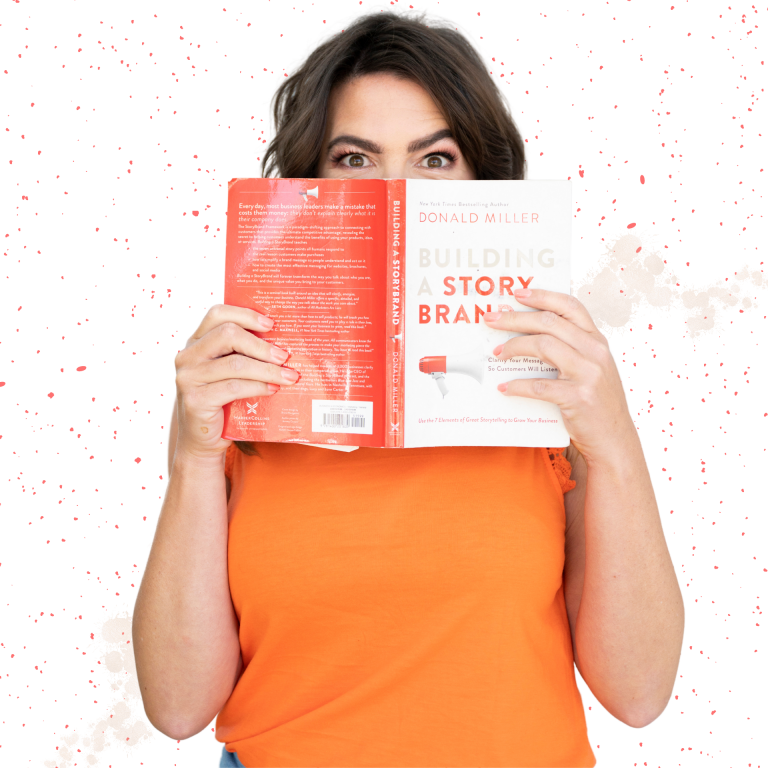Copywriters write stuff. That’s agreed yes? But, if asked, could you name something they actually write? It’s a question I’m regularly asked after I tell people I’m a copywriter.
For a while I just used to say I was a writer, figuring it covered a multitude of things. Well that was the wrong thing to do. It made my profession seem even more vague and unrelatable. ‘Writer’ conjures up the idea of poets and authors. Now, that’s all well and good because I do hope to fall into that category of book author one day soon. But, when I’m networking and hanging out with business owners, me being a writer is kind of useless to them, unless they’re planning their memoirs of course.
I swiftly revived the term ‘Copywriter’ and I’m delighted with it. I’m finally happy with what I am, ha-ha. For now, anyway.
Back to the original question though, what do I actually write? Copy, yes? But what is copy used for? Well, copy can be used to
- Sell
- Educate/inform
- Entertain
- Inspire action
Anything I write for clients will fall into one of those categories.
What I write can range from 50 words to 5000. It depends on where it’s published, who it’s directed at and what the copy is intended to do (sell, educate, entertain, inspire action).
Here are some examples of what I write
1. Blogs
This year I’ve blogged for an amazing range of businesses; from the jungle body to web designers and dental specialists to bookkeepers. End result is I l end up knowing lots of random, interesting facts about loads of different industries. Ideal member of your quiz team right here.
2. Marketing content for leaflets and postcards
You know the kind you see in your fave coffee shop on the pin board? Or the ones in your letterbox? They all need clever copy. Sometimes the fewer the words required the more challenging it can be but it’s fun and the end results are super impressive. The digital world is awesomely accessible but I just love the real thing. Published, tangible, hold in your hand copy.
3. Facebook ads
Facebook ads have got to catch your eye so the visuals are vital to stop you scrolling. Then, it’s over to me to work my word magic to get the user to take the next step whether that’s sign up, find out more or even buy.
4. Social media posts
Images and videos are massive on socials. Of course, just like ads, they’re designed to stop you scrolling and pay attention. However, the accompanying content has to be just as good to keep you interested. From funnies to facts and behind the scenes chat, creating social media posts is a real fun thing I get to do for clients. I love being able to adopt their brand and persona and to pretend I’m them for few hours. Is that weird? Ha-ha.
5. Elevator pitches
How hard is it to stand up and tell a group of people about your business…in 30 seconds? Even if you’re not up against the stopwatch, it’s bloody hard. That’s because we’re too close to our own business to be objective. We’re in it. We live it. We sleep, eat and breathe it. When it comes to condensing it, we all need a bit of help. As an outsider looking in I can successfully evaluate what it is you do.
This type of exercise is also really useful for coming up with a simple answer to a question we all ask when we first meet someone, ‘so, what do you do?’
6. Website pages
From Home Pages to About Us and Service pages, they all need copy. That copy needs to be optimised too. Don’t we all just love google? J
7. Capability statements
Kinda like a business CV or resume. This lays out the who, what, where, why and when of your business and should include some case studies. This year I’ve compiled Capability Statements for Lawyers, Plumbers, HR Consultants and Carpenters.
8. Case studies from testimonials
These days we all love recommendations, right? So, you have a really happy client it’s worthwhile getting as much mileage out of it as you can. I contact those happy clients for a chat and I turn it into a story about their journey with your business. From pre-purchase and problem to solution and joy. These testimonials are brilliant to use on websites and social media. Ain’t nothing better than a delighted customer, right?
9. LinkedIn profiles and articles
I know that writing your LinkedIn profile isn’t at the top of your to-do list, I get it. That’s where I can help. Your LinkedIn profile needs substance and style. Most importantly it needs to make a great first impression. This year I’ve created dynamic profiles for Designers, Engineers and Financial Advisers.
And here’s that word again, optimise. I can optimise your profile so you pop up in relevant searches too.
A further way to boost your credibility and authority on LinkedIn is to write articles in your niche. Some of my clients have great ideas but no time to write. Hey, it’s what I do. In 2019, I created various articles for an entrepreneur on the topics of Disruption and Tall Poppy Syndrome.
10. Newsletters and Email campaigns
As a business owner, it’s good to stay in touch with your clients in between sales using a CRM. Sending regular emails and newsletters to customers keeps your business front of mind. This maintains and seeks to build on the relationship with your customer base.
I get to step into my clients’ brand persona and create compelling letters and campaigns. They’re not justabout promoting your products and services. They’re about popping up in your clients lives and inboxes with useful information. For example, a Financial Advisor sending their database an EOFY Newsletter with a checklist of things to do.
11. Slogans & Taglines
The best advertising slogans in the world are instantly recognisable. Think Nike, “Just Do It” and L’Oréal, “Because You’re Worth It.” Working with clients to come up with a catchy slogan is another real fun part of what I get to do as a copywriter. It’s all about creating a long-lasting impression that speaks to your target audience. From Accountants to Real Estate Agents, I love brainstorming suitable slogans for brands and campaigns.
12. Headlines
I’ve said it before and I’ll say it again, headlines are the most important part of any piece of writing. If it’s no good, you’ve lost the reader. Full stop. They’ve gone. I spend anything up to an hour on a headline. I write it and rewrite it. I change the order of the words then I substitute words then I delete un-necessary words. You get the picture. I use number lists in headlines or fantastical adjectives or something a bit shocking, all to get the reader hooked.
Here’s a link to my portfolio, where you’ll find examples of the above.
Some copywriters might specialise in a certain type of copy. And there are some formats of writing I haven’t mentioned above such as ebooks. You get the idea though. Copy comes in many shapes and sizes, just like us.
What is it about your profession or business that others struggle to understand?









